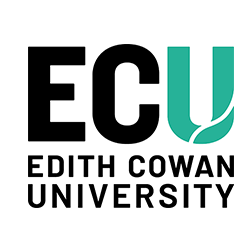StratXplore: Strategic novelty-seeking and instruction-aligned exploration for vision and language navigation
Author Identifier (ORCID)
Muraleekrishna Gopinathan: https://orcid.org/0000-0002-1550-1129
Jumana Abu-Khalaf: https://orcid.org/0000-0002-6651-2880
David Suter: https://orcid.org/0000-0001-6306-3023
Martin Masek: https://orcid.org/0000-0001-8620-6779
Abstract
Embodied navigation requires robots to understand and interact with the environment based on given tasks. Vision-Language Navigation (VLN) is an embodied navigation task, where a robot navigates within a previously seen and unseen environment, based on linguistic instruction and visual inputs. VLN agents need access to both local and global action spaces; former for immediate decision making and the latter for recovering from navigational mistakes. Prior VLN agents rely only on instruction-viewpoint alignment for local and global decision making and back-track to a previously visited viewpoint, if the instruction and its current viewpoint mismatches. These methods are prone to mistakes, due to the complexity of the instruction and partial observability of the environment. We posit that, back-tracking is sub-optimal and agent that is aware of its mistakes can recover efficiently. For optimal recovery, exploration should be extended to unexplored viewpoints (or frontiers). The optimal frontier is a recently observed but unexplored viewpoint that aligns with the instruction and is novel. We introduce a memory-based and mistake-aware path planning strategy for VLN agents, called StratXplore, that presents global and local action planning to select the optimal frontier for path correction. The proposed method collects all past actions and viewpoint features during navigation and then selects the optimal frontier suitable for recovery. Experimental results show this simple yet effective strategy improves the success rate on two VLN datasets with different task complexities.
Document Type
Conference Proceeding
Date of Publication
1-1-2024
Publication Title
IEEE International Conference on Intelligent Robots and Systems
Publisher
IEEE
School
Centre for Artificial Intelligence and Machine Learning (CAIML) / School of Science
RAS ID
70355
Copyright
subscription content
First Page
12093
Last Page
12100


Comments
Gopinathan, M., Abu-Khalaf, J., Suter, D., & Masek, M. (2024, October). StratXplore: Strategic novelty-seeking and instruction-aligned exploration for vision and language navigation. In 2024 IEEE/RSJ International Conference on Intelligent Robots and Systems (IROS) (pp. 12093-12100). IEEE. https://doi.org/10.1109/IROS58592.2024.10802128